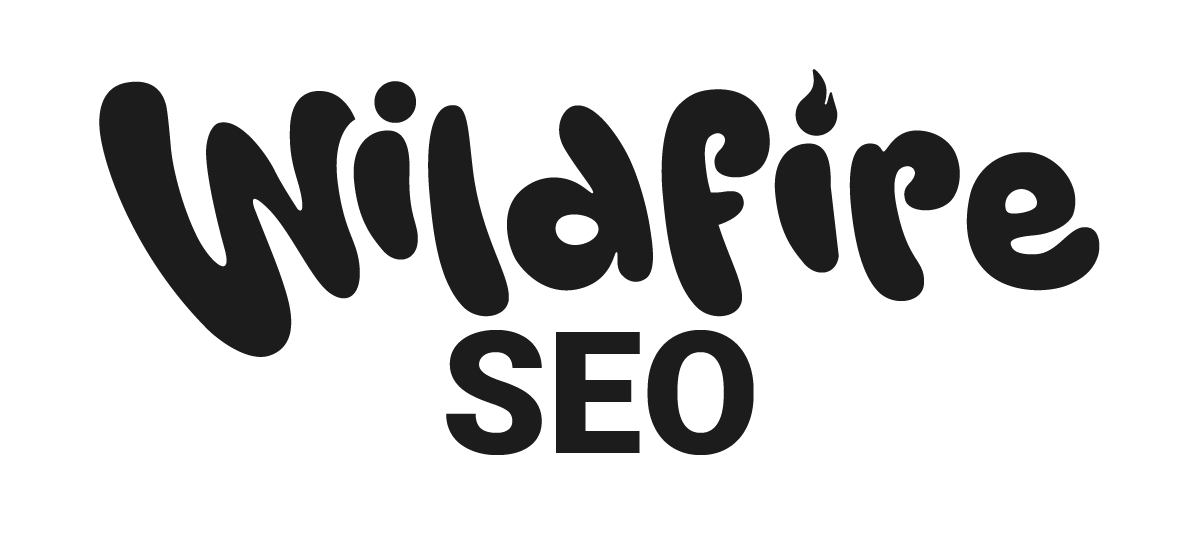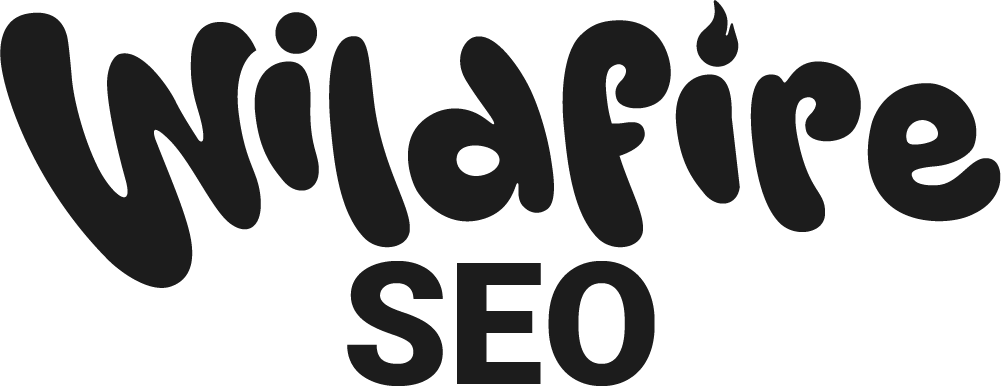
How NLP Affects Rankings for SEO Firms
The world of search engine optimisation has evolved significantly in recent years, with Google moving beyond simple keyword matching to a more sophisticated understanding of content and intent. Traditional SEO tactics that focused on keyword density and exact-match phrases are no longer enough. Instead, search engines now rely on semantic SEO, which uses Natural Language Processing (NLP) to interpret meaning, context, and relationships between words. For SEO firms, this shift presents both challenges and opportunities, making it crucial to adapt strategies to remain competitive.
The Shift from Keyword Stuffing to Semantic SEO
In the past, search engines primarily ranked content based on exact keyword matches. This led to unnatural, low-value content filled with repetitive phrases in an attempt to manipulate rankings. Today, search engines prioritise meaning over mere keywords. Semantic SEO allows them to recognise synonyms, understand concepts, and determine user intent.
For SEO firms, this shift means that content must now be crafted to provide value, depth, and contextual relevance. It is no longer just about including the right words; it is about answering questions comprehensively and ensuring content aligns with what users actually seek. This has a profound impact on content creation, requiring an approach that prioritises structure, coherence, and authority.
How NLP Shapes Search Algorithms
Natural Language Processing is at the heart of semantic SEO. Search algorithms have evolved to process and interpret content more like a human would, making search results more intuitive and relevant. Key advancements include:
- BERT (Bidirectional Encoder Representations from Transformers) – Introduced in 2019, BERT allows Google to better understand how words relate to each other in context, improving search result accuracy for complex queries.
- MUM (Multitask Unified Model) – Announced in 2021, MUM is 1,000 times more powerful than BERT and capable of analysing multiple languages and content formats simultaneously, making searches more comprehensive.
- Gemini AI – Google’s latest AI-driven search model, unveiled in late 2024, enhances search results with even greater accuracy and contextual understanding. This new technology is set to redefine how SEO firms approach optimisation.
These advancements mean that SEO firms must focus on holistic content strategies that prioritise clarity, topical depth, and authoritative information. The reliance on NLP also emphasises the need to optimise for user intent rather than just individual keywords.
Why Optimising for Semantic Search Matters
As search engines refine their ability to process content contextually, businesses must ensure their websites are structured in ways that align with these new capabilities. For SEO firms, optimising for semantic search is essential to maintaining visibility and engagement. Some key considerations include:
- Topic Clusters and Content Hubs – Organising content into interconnected topics, rather than isolated pages, helps establish subject authority and improves rankings.
- Entity-Based SEO – Search engines increasingly rely on entities (people, places, organisations) rather than just keywords to understand relevance. Content should be structured around these entities to enhance visibility.
- Search Intent Alignment – Whether a search query is informational, transactional, or navigational, content must be tailored to meet the intent behind user queries.
- Latent Semantic Indexing (LSI) and Related Keywords – Rather than repeating keywords, incorporating semantically related terms enhances content relevance without appearing manipulative.
SEO firms that embrace these strategies can create content that resonates with both search engines and users, ultimately driving higher engagement and conversions.
Measuring Success in a Semantic SEO World
As ranking factors become more sophisticated, measuring SEO success goes beyond simple keyword tracking. SEO firms must focus on engagement metrics that indicate content effectiveness. Key indicators include:
- Click-Through Rates (CTR) – A higher CTR suggests that content aligns with user expectations and is compelling enough to drive traffic.
- Dwell Time – The amount of time users spend on a page signals content quality. Higher dwell times indicate that users find the information valuable.
- Engagement Metrics – Bounce rate, pages per session, and social shares all contribute to an understanding of how well content is performing.
Tracking these metrics allows SEO firms to refine strategies and ensure content remains aligned with evolving search engine capabilities.
The Future of Semantic SEO
With AI and NLP advancing rapidly, the future of SEO will continue to evolve. Emerging trends include:
- Voice Search Optimisation – As voice-activated searches grow, content must be structured to match natural language queries.
- Personalised Search Experiences – AI-driven search will increasingly tailor results to individual users, making relevance and contextual accuracy even more important.
- Expanding Role of AI Agents – Tools like Gemini AI signal a move towards AI agents that can anticipate and execute tasks based on user behaviour, reshaping search interactions.
SEO firms that stay ahead of these developments will have a competitive edge, ensuring their clients remain visible in an increasingly dynamic search landscape.
Final Thoughts
Semantic SEO represents a fundamental transformation in how search engines rank content. NLP technologies like BERT, MUM, and Gemini AI have changed the game, requiring SEO firms to focus on meaning, context, and user intent rather than outdated keyword tactics. To succeed, businesses must embrace a more strategic, data-driven approach to content creation.
At Wildfire SEO, we help businesses navigate these changes with expert guidance and tailored SEO strategies. Get in touch with us today to ensure your brand remains at the forefront of search engine rankings.



